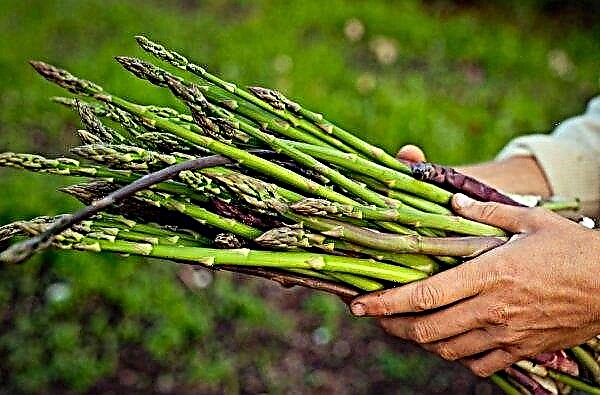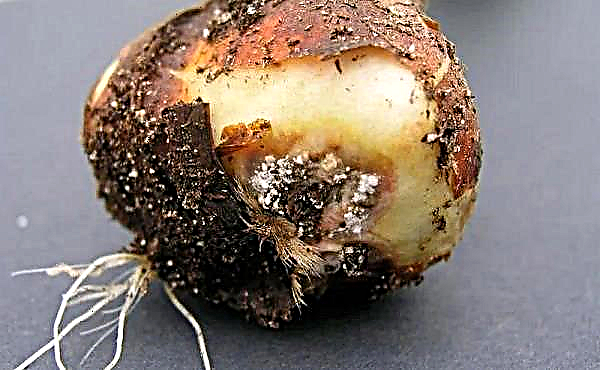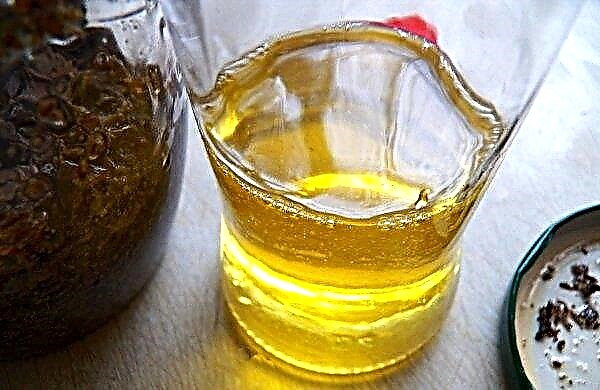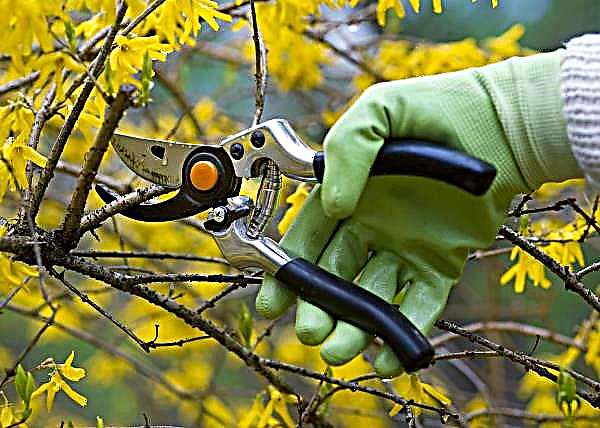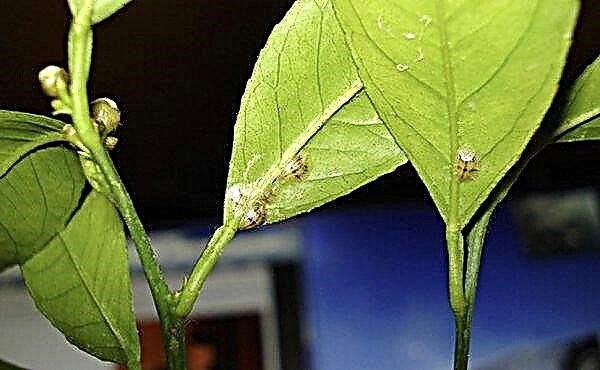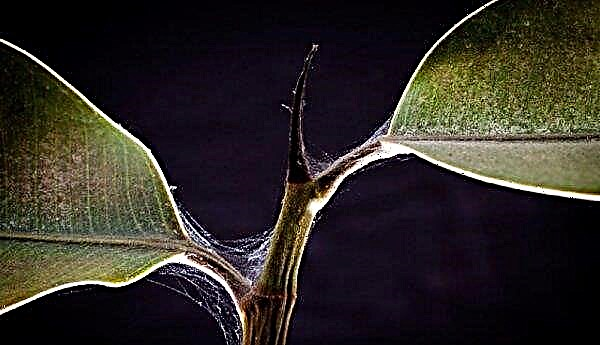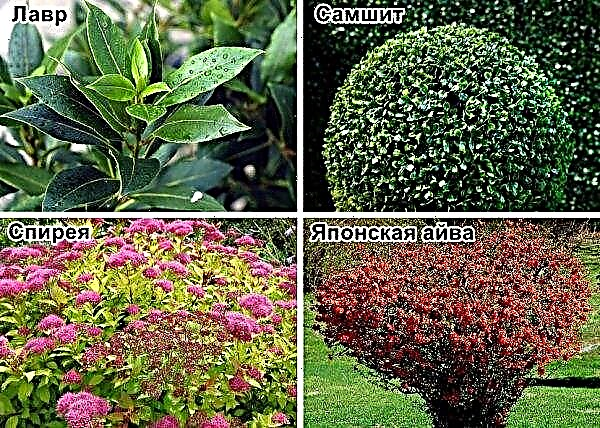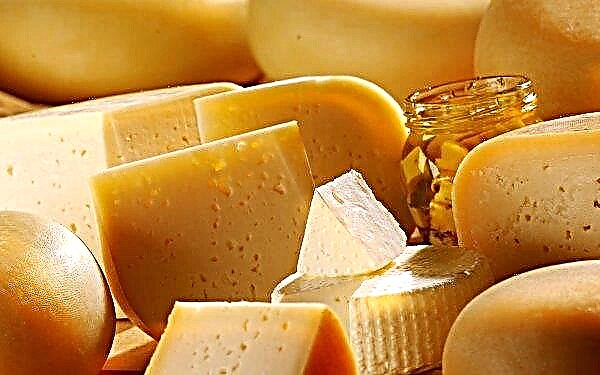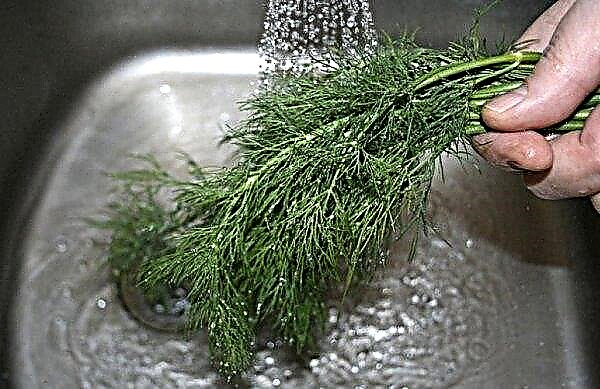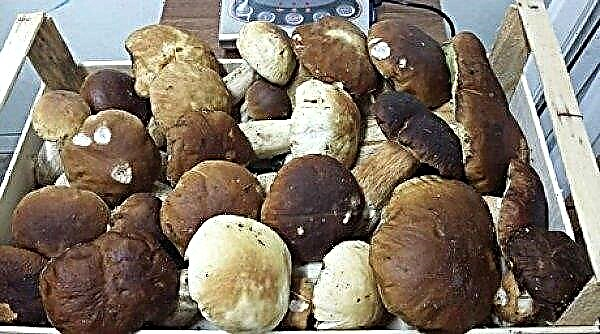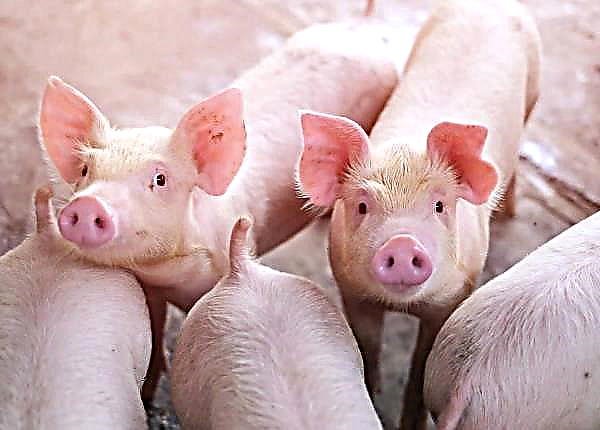Gulliver variety was bred relatively recently and is not very widely known to all gardeners, but its characteristics deserve attention, and this will be discussed in this article, which will indicate the advantages and disadvantages of the variety, especially the cultivation and care of potatoes in their own garden.
Description and characteristics of the variety
Gulliver - an early ripe table variety of potatoes that is adapted to arid growing conditions. Appeared in 2014. It was brought out by scientists of the Institute of Households of the Russian Federation.
The variety is resistant to a large number of diseases characteristic of nightshade crops. Potato seedlings ripen together, full ripening occurs after 60–70 days, and the first digging of tubers can be done as early as 45 days after planting. Gulliver potatoes can be grown in the central part of the country with rich soil and insufficiently mild and warm climate. It reacts negatively to growing at low temperatures and sudden cooling, delaying the development of the bush. The variety has excellent transportability.
Potato does not contain a large amount of starch, about 14–20%, therefore, does not boil, and it is successfully used for frying, cooking soups and salads.
Important! Gulliver is ideal for planting and receiving young, early potatoes, since its ripening is quite short.
Description of plant and fruit
Bushes of this variety are tall and erect, they are classified as an intermediate type. Tops do not grow much to the sides. The leaves on the bushes are painted dark green, matte, with a slight waviness along the edges of the leaf plate.
The leaves on the bushes are painted dark green, matte, with a slight waviness along the edges of the leaf plate.
Corolla is small in size, painted in purple with a splash of red. Flowering quickly falls. On each bush, from 5 to 11 fruits can ripen. The root system of the bush is developing rapidly and has a large structure.
Potato tuber has a flat, oval-oblong shape. The mass of each fetus is from 100–150 g. The peel is smooth, has a light yellow tint, not thick. The tubers have red eyes, the size of which is insignificant. The taste qualities of potatoes are evaluated by experts at a high level. The flesh of the potato is yellow; it does not darken during harvesting and preparation.
The flesh of the potato is yellow; it does not darken during harvesting and preparation.
Ripening time
Full maturation of potatoes takes 60–70 dayshowever, since Gulliver is often used to produce young tubers, the first crop can be obtained only 45 days after planting.
Productivity
This indicator is at a fairly high level and amounts to about 650–700 kg / ha. At the same time, from 1 bush you can get about 2 kg of potatoes.
Advantages and disadvantages of the variety
- Bred in accordance with modern requirements, the Gulliver variety is characterized by such positive properties as:
- taste qualities of a high level;
- tubers have practically identical size and weight;
- friendly ripening;
- high bearing fruit;
- the variety has good transportability and keeping quality;
- Gulliver can be grown in conditions of high temperature and dry weather;
- high immunity from most diseases that can threaten the development and growth of potatoes;
- the grade is unpretentious in leaving.
- The disadvantages, according to gardeners, can only be attributed to the tendency to germinate tubers during long-term storage.
Growing Features
Since the fruits are underground, it is necessary to provide optimal conditions for the development of the root system and the successful formation of tubers. Also, an important condition for successful growth is the lightness and friability of the soil. Gulliver needs a nutritious soil, chernozem for growing potato varieties.
Gulliver needs a nutritious soil, chernozem for growing potato varieties.
Seed requires additional processing before planting - it is laid out in the sunlight for a while so that it is "greened." It is also recommended to germinate the seed, which will stimulate germination and will contribute to an earlier harvest. To do this, a month before planting, tubers that were selected for germination are laid out in shallow boxes in one or more layers and left in a well-lit room with a temperature of +15 ... + 17˚C. The readiness of the seed is determined by the presence of sprouts on the tubers and the green color of the peel.
The readiness of the seed is determined by the presence of sprouts on the tubers and the green color of the peel.
Growing conditions
A number of conditions that will help ensure the growth and development of potatoes in the garden:
- The soil. The optimal soil for growing Gulliver is chernozem, since it has a large amount of nutrient and mineral substances. The soil for growing should not contain a large amount of alkaline substances. If the acidity of the soil is high, then it is reduced by adding lime to the soil.
- Temperature. Seeds and seedlings of this variety are very sensitive to lower temperatures and sudden temperature changes, so it is recommended to plant it in open ground only when the risk of returning frost on the soil disappears. It is permissible to sprout potatoes when the soil is warming up to +5 ... + 8˚C, and for the development and growth of the bush it is required that the earth is not cooler +16 ... + 18˚C.
- Lighting. To grow seedlings requires a lot of light, so it is grown in a room with sufficient natural light and, if necessary, provide artificial illumination.
- Humidity. The formation and development of the vegetative mass requires a large amount of moisture, so intensive watering to the bushes is necessary mainly at the time of tuber formation.
- Soil aeration. Air access to the root system of potato bushes is a prerequisite for the cultivation of a good crop, so soil care involves regular work on loosening the soil.
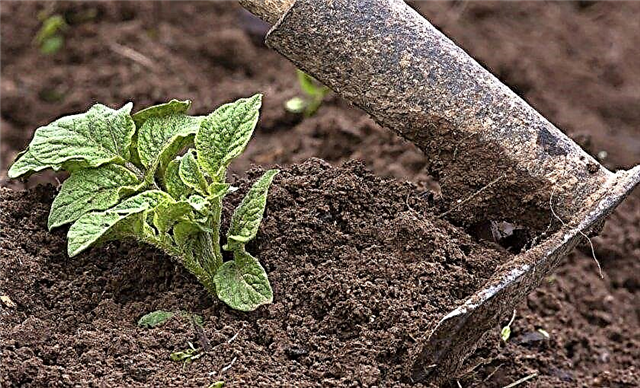




Landing time
Gulliver’s planting in the ground can only be started when the soil is warm enough, which depends on the region of planting and weather conditions. the main thing - eliminate the possibility of frost that can destroy seedlings. Tubers can be planted to a depth of 15 cm when heating the soil to + 8˚C.
Did you know? The cultivation of potatoes was first undertaken by the tribes of Indians living in the region of modern Peru. Their civilizations were known for almost 200 varieties of this root crop.
Choosing a place and preparing the garden
The planting bed should be located in the sunny area of the garden, as the potato reacts very positively to good lighting. Soil preparation begins in the fall, when the soil is fertilized with humus or fresh manure. If such preliminary preparation of the soil has not been made, then nutrients must be added to each well directly during planting. This will require:
- loose humus;
- superphosphate;
- wood ash.

If groundwater is located close to the surface of the earth, then it is recommended to plant potatoes on high beds, because their root system is very developed and can suffer from excess moisture: prepared sowing material is laid in earthen furrows, which are covered with a soil ridge up to 15 cm high. Before proceeding with the planting of potatoes, it is necessary to prepare the bed: after moistening the soil and loosening it.
Before proceeding with the planting of potatoes, it is necessary to prepare the bed: after moistening the soil and loosening it.
Technology and landing pattern
The planting technology of this variety does not have distinctive features and involves:
- Furrow preparation, the distance between the rows should be within 70 cm.
- Digging holes. At the same time, their depth should be 8–10 cm, and the distance between them should be 35–40 cm, in order to ensure the possibility of the development of the root system and prevent the deterioration of productivity due to twisting of the planting. Digging the next hole, the previous one is dug.
- Germinated tuber is lowered into each well.
- After planting, the entire surface of the garden is leveled with a garden tool, which helps to retain moisture in the soil.

Care Features
Caring for the crop is:
- in hilling;
- weeding and removing weeds;
- loosening the soil;
- watering;
- fertilizer;
- preventive treatment of the future crop from possible pests.
 Sprouts are sprinkled so that a hill from the earth hides the entire stem, and only leaves are visible above the surface of the soil.
Sprouts are sprinkled so that a hill from the earth hides the entire stem, and only leaves are visible above the surface of the soil.After some time, this procedure is repeated, since the regularity of this procedure is the key to the successful formation of tubers.
Important! Gulliver's hilling of potatoes contributes to the formation of large tubers and high productivity.
Watering
A sufficient amount of moisture during flowering contributes to the formation of potato tubers. During this period, the volume of water for irrigation of a plot of 10 acres should be 20-30 m². The first watering is carried out 10-14 days after planting, and subsequently, as the topsoil dries up. Given the weather conditions, at high temperatures and prolonged drought, watering the beds can be done by drip, controlling its volume.
Given the weather conditions, at high temperatures and prolonged drought, watering the beds can be done by drip, controlling its volume.
Fertilizer application
During the entire vegetative period of potatoes, it is necessary to carry out 3 planned supplementary feeding:
- At the time of landing.
- During the period of growth of tops and the formation of flowers.
- During the formation of potato tubers.
- potash;
- nitrogen;
- phosphate top dressing.
Potato grows and develops well in soil saturated with minerals and nutrients, and the more they are in the soil, the larger the future crop and taste characteristics.
Video: Potato dressing
Protection against diseases and pests
The variety has received resistance to many diseases and pests that can threaten the life and productivity of potatoes, in particular, Gulliver has good immunity:
- to cancer;
- fungal viral infections;
- mosaic;
- late blight.
Weakly affected:
- alternariosis;
- nematode.
This variety may be affected by:
- scab;
- rhizoctonia.
 For control, prophylactic treatment of bushes with copper preparations is used.
For control, prophylactic treatment of bushes with copper preparations is used.Among the pests, the danger to potatoes is:
- wireworms;
- Colorado beetle.
To combat them, you can use various special preparations, which are presented in a wide assortment in gardening stores.
Did you know? In the tropics you can find a potato tree, whose height can reach 15 m. Its tubers degenerated into roots, bloom 10 times larger than usual, and the berries are very similar to tomatoes, but they are high in toxins and therefore toxic to humans.
Harvesting and Storage
After harvesting the ripened crop, it is dug up and dried, after which it is distributed for further storage. Gulliver has good keeping quality, as the yield is kept at 94-95%. Root crops, which will later be used for planting a new crop, are recommended to be stored in a separate room.
Root crops, which will later be used for planting a new crop, are recommended to be stored in a separate room.
Gulliver is a recently emerged variety that is successfully grown both for the production of young potatoes, as it has a short ripening period, and for various cooking methods with full ripening of tubers. It needs fertile soil, and the growing and care conditions do not differ from most other varieties of potatoes.


